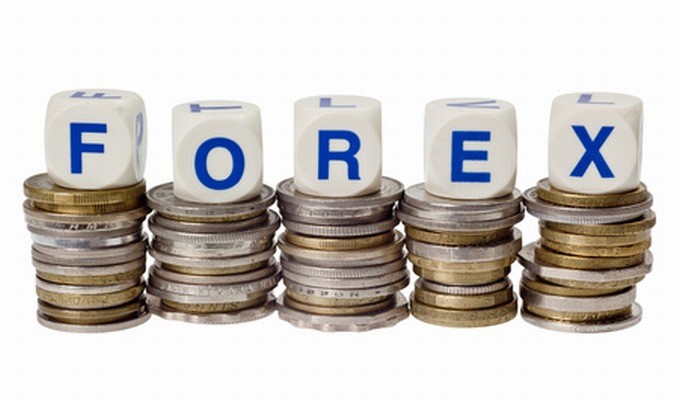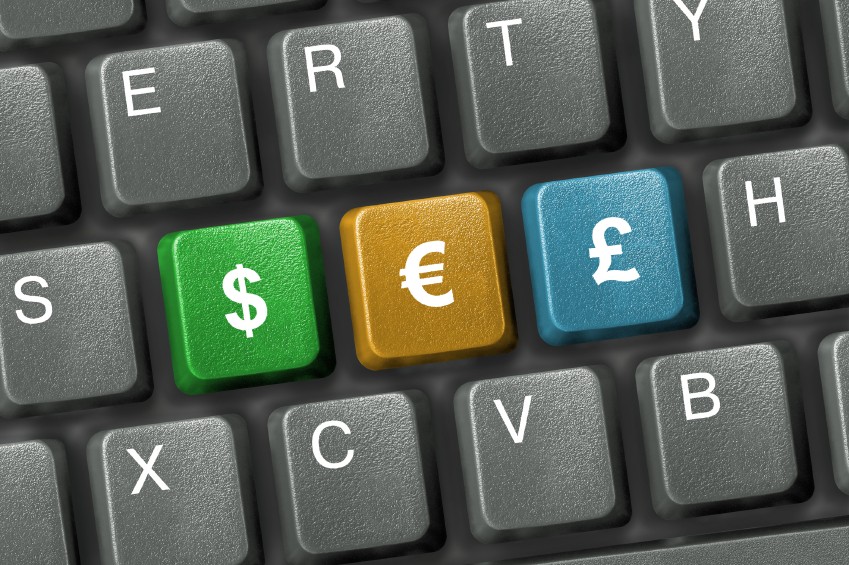Currency Trading_1
Post on: 3 Октябрь, 2015 No Comment

Currency Trading
Important: This page is part of archived content and may be outdated.
Before starting forex currency trading the most important thing for any trader to take in mind is learning how to read currency pairs and extract the information needed with once glance. This is needed in order to be consistent, efficient, effective and spontaneous when deriving currency movements and taking trading order decisions. The first thing that you will notice when you log on to the platform will most likely be the Market Watch Window which has a variety of currency pairs listed with constantly updating rates. You will see that within this window, for every currency pair there are two rates which are moving simultaneously up and down. These are known as the bid and ask quotes. In this currency trading tutorial, we are going to examine only the Ask, or second quote, for each currency pair as we will review what the bid and ask is later on.
Forex Currency Trading
First of all, it is important to note that when engaging in forex currency trading, currencies are always quoted in pairs, that is, the value of a currency is always determined in relation to its value against another currency. For example, the first currency pair listed in the Market Watch Window is the EUR/USD, or the Euro/US Dollar currency pair. For the purposes of this lesson, we can assume that the EUR/USD currency pair is trading at around 1.27000.
The first currency in the pair is referred to as the “Base” currency and the second currency in the pair is referred to as the “Counter” currency. Therefore the quote that you can see here is how much of the Counter currency it takes to buy 1 of the Base currency in the pair.
When looking at our example here where the quote for EUR/USD is 1.27000, this simply means that it takes 1.27000 US Dollars to buy 1 Euro. Another currency pair is the USD/JPY or the US Dollar Japanese Yen currency trading pair. In this example the US dollar is the base currency and the Japanese Yen is the counter currency. For the purposes of this lesson, the USD/JPY currency trading pair is trading at 87.36. As detailed above with the EUR/USD pair, in this case we know that it takes 87.36 JPY to buy 1 USD.
The main currencies of the world, outside of the US Dollar(USD), are the Euro (EUR), Japanese Yen(JPY), Great British Pound (GBP), Swiss Franc (CHF), Australian Dollar (AUD), New Zealand Dollar (NZD) and the Canadian Dollar (CAD) and these are the most commonly traded currencies, and the ones that can be traded 24 hours a day. They are all quoted against the US Dollar.
There are forex currency trading pairs which can include two of these currencies and do not include the US Dollar. For example, there is EUR/CHF or AUD/CAD. Currency pairs which do not involve the US Dollar are known as cross currencies. It should be noted that there is no difference in the quoting convention however. One last example is with EUR/CHF trading at 1.32710. As detailed above, this quote outlines how much of the counter currency it takes to buy one unit of the base currency. Therefore, in this quote we know that it will cost 1.37210 CHF to buy 1 EUR.
Understanding Forex Currency Trading Rate Movements
Now that we have reviewed how to read a forex currency trading quote, the next step that is important to clarify is what an increase or decrease in a quote for a currency pair tells us about the value of the currencies in that particular pair. As outlined in the previous section, currencies are quoted in pairs, i.e. in terms of the value of one currency against that of another. A currency quote tells us how much of the counter currency in the pair it will cost to buy one of the base currency.
Therefore, if the quote for a currency pair rises, then this means that it will now cost more of the counter currency to buy 1 of the base currency. This shows us that the base currency in the pair has risen in value, while the counter currency in the pair has declined in value.
On the other hand, if the quote for a currency trading pair goes down then this means that it now costs less of the counter currency to buy 1 of the base currency. This shows us that the base currency in the pair has declined in value, while the counter currency in the pair has risen in value.
While this seems like a fairly straightforward notion, it is something that even relatively experienced traders sometimes confuse. A simple way of remembering this is simply to note that if the rate is increasing then this means that the base currency is strengthening, and therefore that the counter currency is weakening. On the other hand, if the rate is decreasing then this means that the base currency is weakening, and therefore that the counter currency is strengthening.
Let’s suppose that the price for the USD/JPY currency trading pair decreases. USD is the base currency in this example, therefore the USD has weakened against the JPY. If the rate had increased then this would mean that the USD had strengthened while the JPY had weakened.
Understanding the Bid/Ask Spread in Forex Currency Trading
There are always two prices for a forex currency trading pair at any one time and these are known as the bid and the ask price. The bid price is the price that the market maker (the entity on the other side of your trade) will buy, and therefore the price at which you, the client can sell. The ask price is the price at which a market maker will sell and therefore the price at which you, the client can buy.

The difference between the bid and the ask price is known as “the spread”. Market makers, such as those on the New York Stock Exchange, make their profit from the spread, i.e. by charging traders more when they sell a stock than they do when they buy a stock.
Although this is changing with the advent of online trading platforms, the concept of a bid and ask price is foreign to most, because traders are most familiar with the stock market where they have traditionally called their brokers whenever they wanted to place a trade who then placed the trade on their behalf with the market maker. When they call their broker they say they would like to buy x amount of xyz stock, the stock broker simply gives the client the ask price for that stock since the client has asked to buy.
The stock market is in the process of going from indirect access where clients trade through a broker to get to the market maker to a more direct access environment where online trading platforms allow them to trade directly with the market maker. As the forex market for individual traders really started with the internet, the market did not have to go through the same transition. Because of this most forex trading platforms show both the bid and the ask price and make their money through the spread, charging clients zero commissions to trade.
Suppose that the current bid price for the EUR/USD currency pair is 1.2700 and the current ask price is 1.2702. This means that currently you can sell the EUR/USD at 1.2700 and buy at 1.2702. The difference between those prices is the spread.
An Explanation of Pips and Fractional Pips
Traditionally a 1 pip move in the currency trading market is the smallest move that a currency can make; another way of looking at this is that a 1 pip move in the market, is a move up or down by 1 of the number sitting the furthest to the right of the decimal point in the forex currency trading pair quote.
As most forex currency pairs have 4 decimal places a 1 pip move in the market would be a move up or down by 1 of the number sitting in the 4th decimal place spot in the quote. So for example the EUR/USD currency pair is trading at 1.2703 so a move to 1.2704 would be a 1 pip increase in the quote and a move to 1.2702 would be a 1 pip decrease.
In the JPY based currency pairs where there are two decimal points, a 1 pip move in the market would be a move up or down by 1 of the number sitting in the second decimal point spot. So for example USD/JPY is currently trading at 85.28. With this in mind a move to 85.29 would be a 1 pip move up in the market and a move to 85.27 would be a 1 pip move down in the market.
If you noticed at the beginning of this section we noted that a 1 pip move in a currency pair has traditionally been the smallest move that a currency pair could make. We say this because electronic platforms have brought greater price transparency to the currency trading market and price competition has heated up and most trading platforms have added an additional decimal place to their quotes. This addition is known as fractional pip, now many of the currency pairs which have traditionally been 4 decimal places quoted out to 5 decimal places and the pairs which have traditionally been quoted out to 2 decimal places quoted out to 3 decimal places in currency trading pairs.














